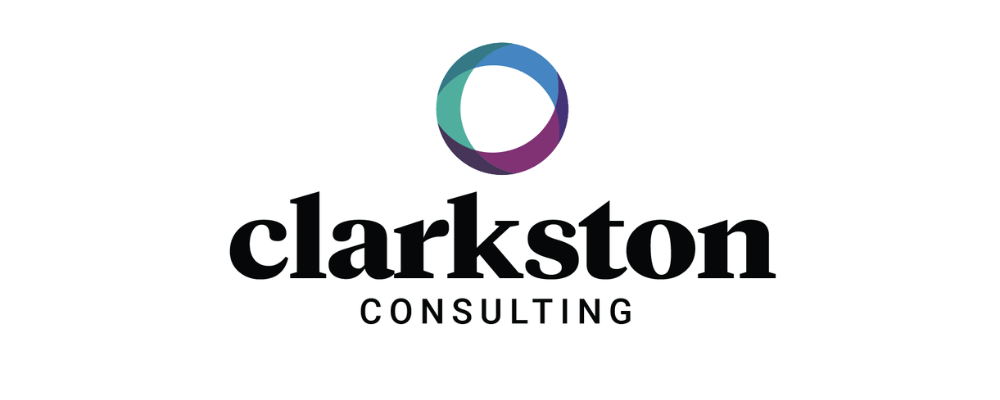Launching into a new market requires careful consideration of the industry trends, target consumers, competitive landscape, product mix, and operations investment. This is no different for the pet food industry. The pet food industry is growing yearly and is expected to reach an 8% CAGR by 2023, with consumers spending $51 million on pet food alone. As such, companies looking to take advantage of this market growth should evaluate their potential for success given the differences in consumer preferences across regions. In this piece, we outline key considerations for pet food manufacturers exploring the potential of expanding into new pet food markets, providing examples of key players in the industry and some questions to ask before entering the new market.
Analyzing the Market and Competition
When considering entering a new market, it’s crucial to understand the existing market share, growth rate, and trends influencing market performance. Some key questions to ask include:
- Who are the key competitors in the market, and what are they doing to be successful? Identifying the number of successful companies in the market will be a good indicator of the viability of entry into the market. If the market is already saturated with competitive companies, it will be significantly harder to grow business.
- How does my brand differentiate from the key competitors? Understanding how your brand differs from the key competitors in the market will help determine the likelihood of success. Is your brand’s differentiation new to the market, or are there similar brands already present?
- Does my brand fill an unmet need in the market? Can my brand fill a solved need better than the current solution? Analyzing the needs of the consumers in the market versus the current solutions available will be crucial when measuring the likelihood of success. If a product can provide a better, faster, or easier solution to a current need, it’s much more likely to sell. Consider what differentiates your brand from incumbent market players that would allow for a significant slice of market share – is it the product formula, value proposition, channel penetration, or another factor?
As an example, Chewy, Inc. recently announced its entrance into the Canadian pet food market because they believe the similarities with the U.S. pet food market will allow them to be successful in Canada. Chewy sees Canada as a growing market and believes they can offer an eCommerce retail experience for pet parents better than existing Canadian e-tailers. Chewy CEO Sumit Singh noted that they “honed in on Canada’s large and growing market where we see a path to achieving market share and profitability akin to our U.S. business.” Identifying markets and locations expecting growth should be taken into consideration initially to determine worthwhile investment points.
Understanding Consumer Preferences
After analyzing the competition in the target market, the next step is identifying how your product and brand positioning resonates with consumers. Key questions used to evaluate target consumers in a new market include:
- Who are the current key consumers of your product? Does the new market have similar consumers? Understanding your primary target consumers helps to identify unmet consumer needs and could provide opportunities for differentiation from competitor products.
- How are consumer preferences changing? Maintaining awareness of trends in growing markets can assist in adapting to present consumer demands and staying ahead of competitor developments.
- How do consumers prefer to purchase? Being aware of market trends is just the start to satisfying the consumer’s needs. Companies entering new markets should understand how the trends are affecting consumer desires and be able to implement changes to adapt to shifting behaviors. Are you providing your consumers with easy ways to purchase your product?
- Are there other non-traditional consumers to consider? Companies seeking to grow in a new market should attempt to understand their products for non-traditional consumers to avoid excluding new purchasers from their products.
Geographical differences across countries are perfect examples of how the wants and needs of pet owners vary between key markets. European pet owners prefer dry pet food and functional foods designed for weight loss or greater nutritional value. Pet owners in the United States tend to focus on the convenience of online sales channels and subscriptions. On the same continent but moving north, Canadian pet owners act more European in their preference for dry pet food, but uniquely have a wider preference for the brick-and-mortar channel.
Selecting the Distribution Channel
Once there’s clarity on the type of market and who target consumers are, the key to establishing a foothold in the new market is to select retail channels that align with market growth opportunities and the previously identified consumer preferences. Two questions to consider include:
- Where do consumers already shop for pet food/items? It’s crucial to meet your consumers where they shop for pet food. Do your consumers purchase their pet food at specialty stores, online, mom-and-pop shops, or another type of outlet? Be in the places your consumers will be looking to find your product.
- Where do consumers already shop for other items? Similar to the question above, you also need to meet your consumers where they shop for everything else. The likelihood of a purchase goes up when the difficulty of the path to purchase goes down; you can passively drive more sales by simply being in the most common places your consumers are, even if those aren’t pet-specific stores.
In several major pet food markets, we continue to see growth in online channels given the low barrier of entry for pet food manufacturers and the ease of purchasing for consumers. Euromonitor analysts forecast that eCommerce will drive 47% of retail industry growth by 2027, and the desire for convenient purchasing has been influencing company usage of online platforms. Purina PetCare comprised 35% of Nestle’s global eCommerce efforts in 2022 to stay in line with current consumer preferences. A combination of being informed by consumer preferences along with understanding the financial and operational investment required to sell in given channels should inform decisions for market entry.
Considering the Operational Investment
Even when the market opportunity exists, companies need to consider the resource investment required to initiate and sustain operations in the new market. A few elements of this includes sourcing, logistics, manufacturing capacity, and technology infrastructure. Key questions to ask when determining if investment requirements are too steep to justify expansion include:
- What will the supply chain network need to look like to support the new market? If the focus of expansion is into a new retail channel, the solution may be more centered around product packaging and distribution. If the focus of expansion is to enter a new country, more in-depth decision making is required around shipping, storage, and distribution to determine the most effective way to manage investment costs.
- Will products need new packaging for the target market? Most countries have unique food safety label requirements that vary by market. Understanding the entry requirements can ensure regulations are met. Additionally, packaging can be optimized for different retail markets, such as ensuring it’s damage proof and eCommerce ready, or that the size requirements given shelf space are met.
- What are the costs associated with any new supply chain requirements? Based on the answers to the questions above, doing a full analysis weighing the potential benefit versus the cost of expansion will determine the likelihood of success in the new market.
Manufacturers should keep in mind that supply chain logistics are a critical first step to entering a new market. When going overseas, a common decision is whether to invest in new manufacturing facilities or utilize a third party. Investing in overseas manufacturing facilities and distribution hubs can be challenging, especially with differing regulations across markets. Some companies may opt to leverage third parties or co-packers who are equipped to manage operations in each market according to regulations at a lower upfront investment to the brand.
Additionally, beyond manufacturing packaging, and logistics costs, some examples of hidden international expansion costs (US specific) could include entry fees, volatile freight prices, customs broker fees, and additional ingredient certifications, labels, or approvals.
Companies should also consider testing out the new market before launching at a large scale to ensure their expectations are aligned with reality. Many companies will select top-performing SKUs that align with their target consumers to minimize costs and ensure the market expansion is fully vetted before further investment is made.
Pet Food Market Expansion
Entering a new market requires a thorough understanding of various factors to assess the potential for success. Market growth rates and trends, competition level, consumer preferences and the changing landscape of purchasing decisions, and operational costs of market entry must all be considered when analyzing potential expansion opportunities. Being able to answer all the questions listed in this piece will help your business mitigate risks, optimize resources, and position yourself for success when venturing into new markets.
“At Clarkston Consulting, we make our clients’ purpose our purpose. Since 1991, we have worked with global life sciences, consumer products, and retail companies to advance their most complex global priorities.”
Please visit the firm link to site



